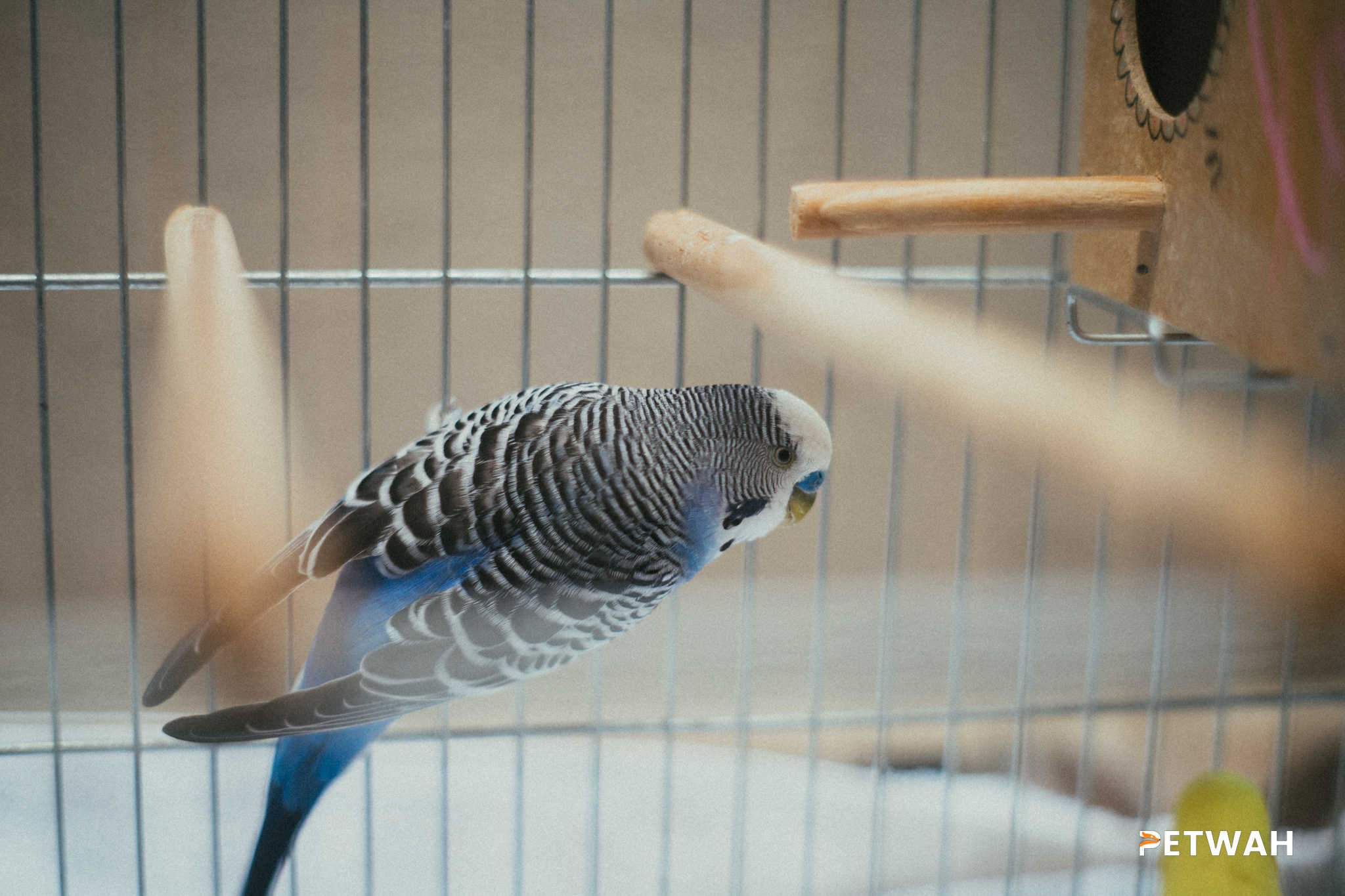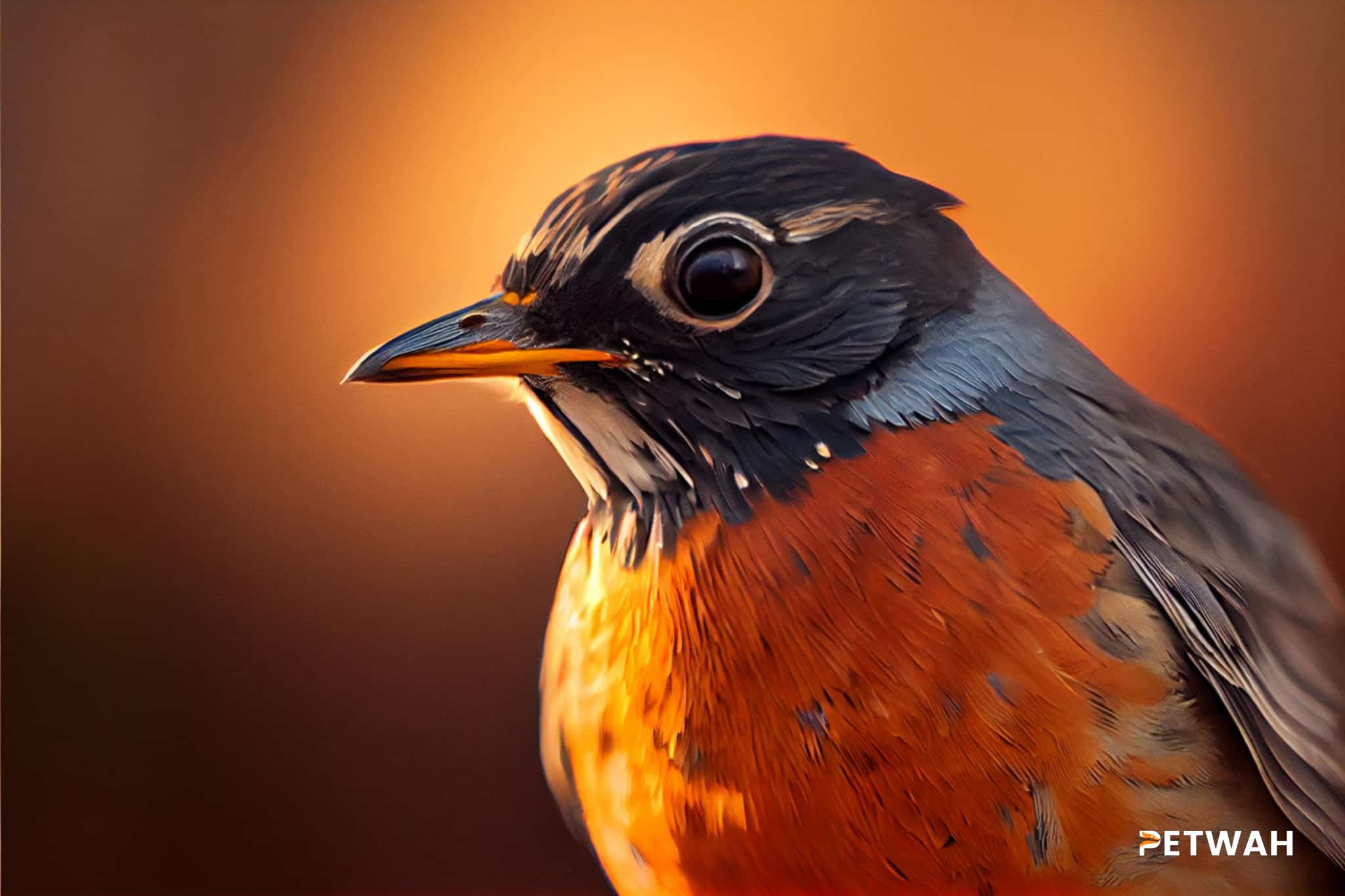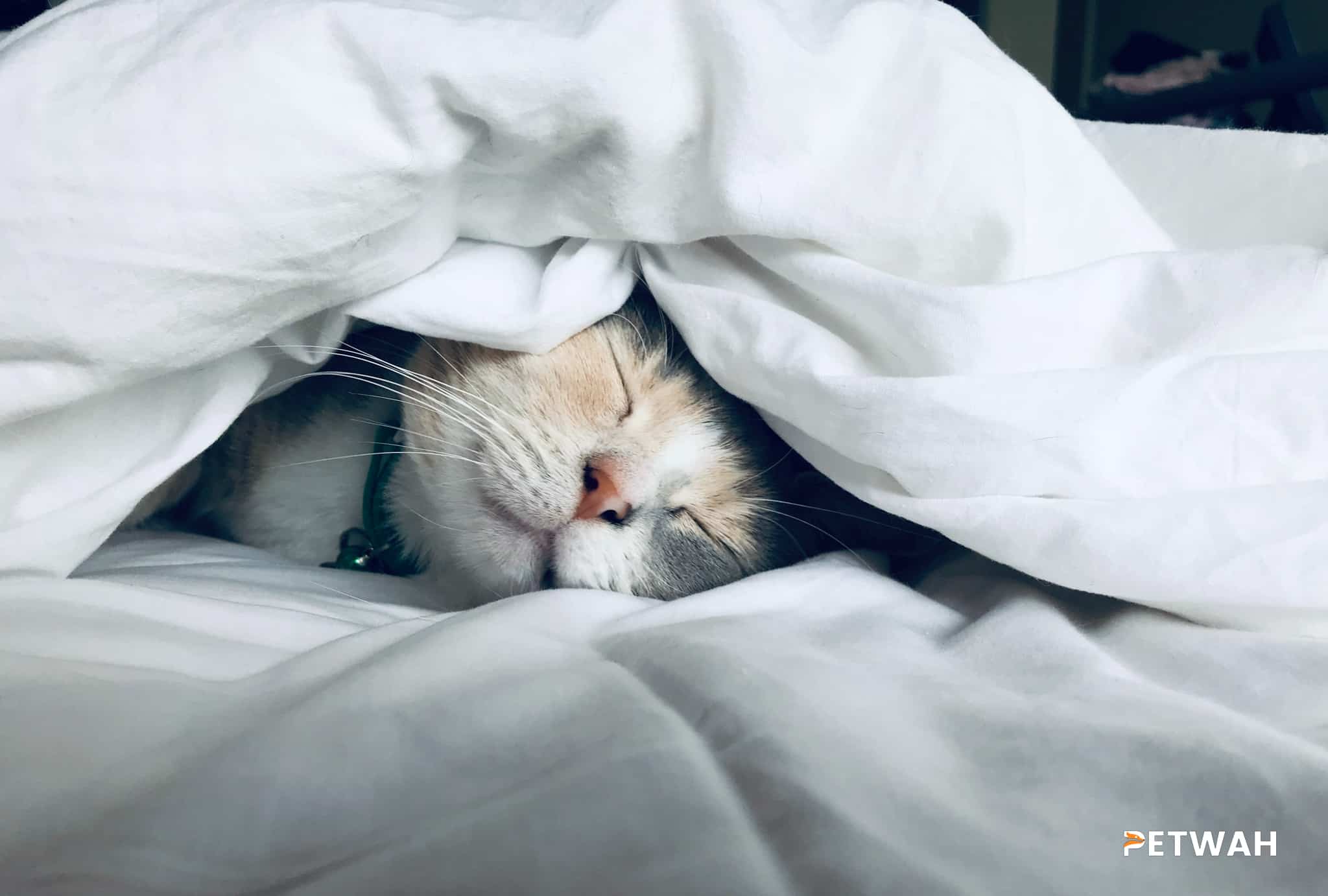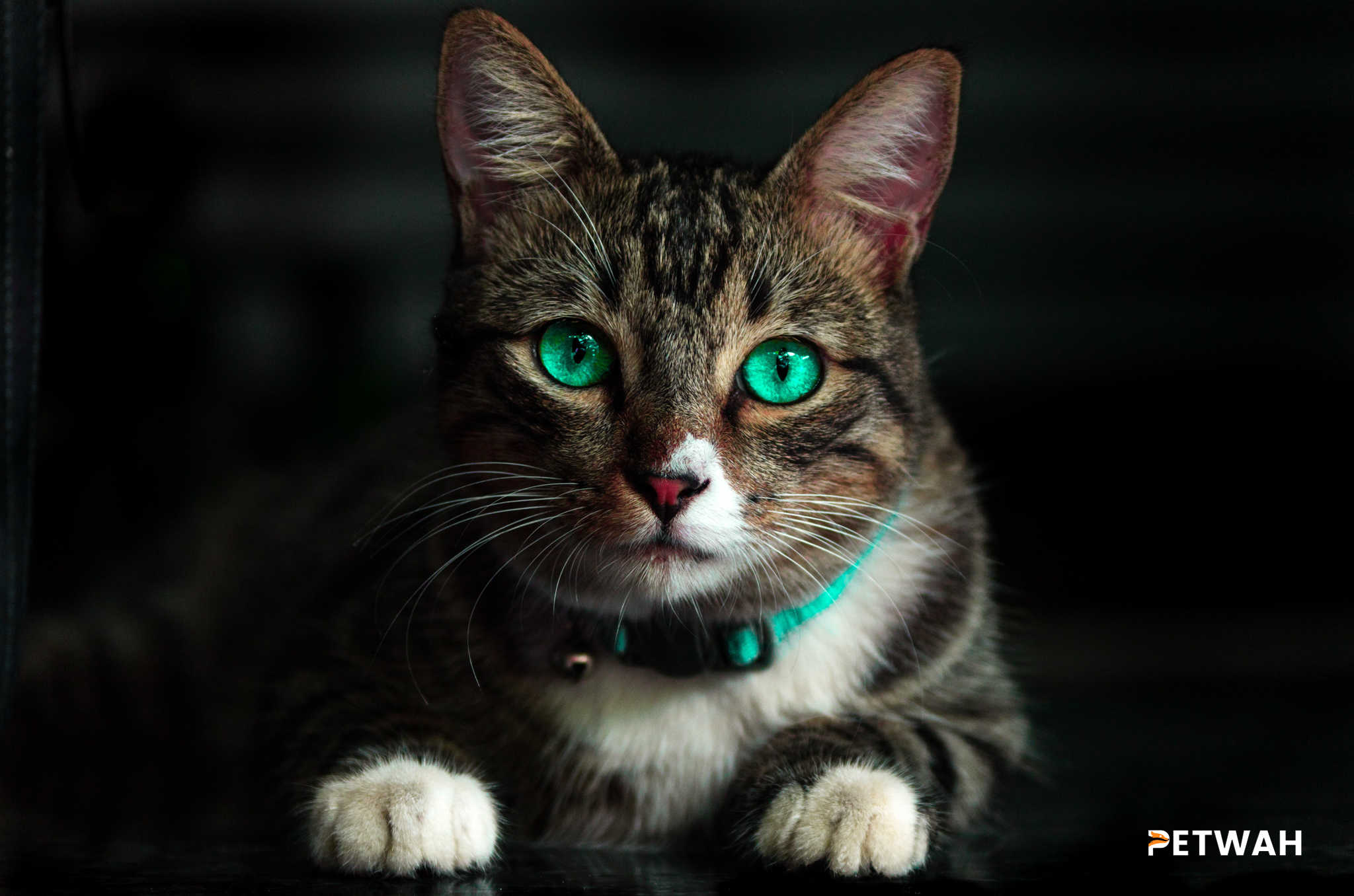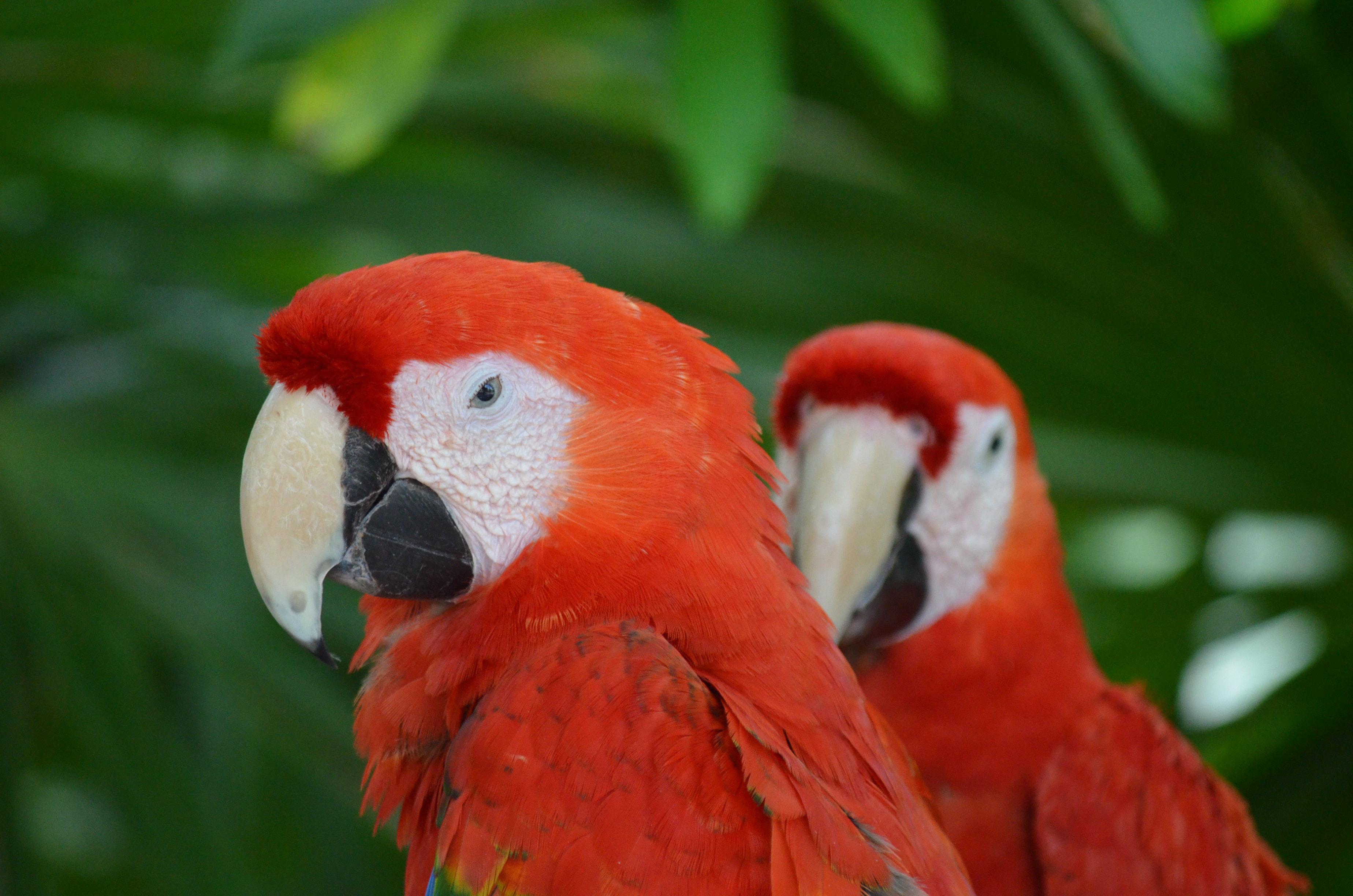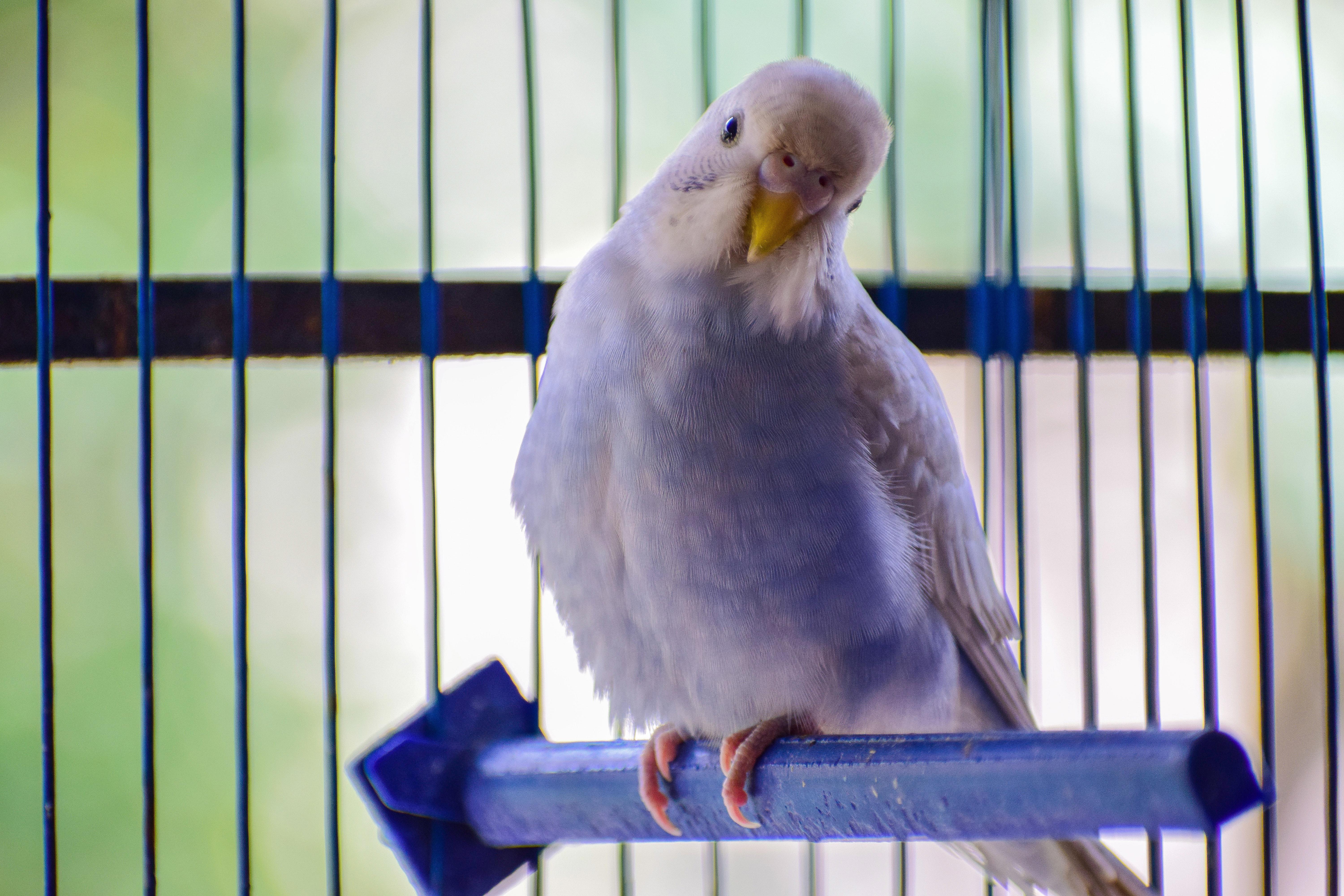Birds are fascinating creatures that make wonderful companions. They come in various species, each with its own unique needs and characteristics. When it comes to training birds, it is essential to consider their species-specific needs to ensure effective and positive results. In this blog post, we will explore some training techniques that couples can use with their bird, taking into account the specific requirements of different bird species.
Understanding the Species-Specific Needs of Birds
Before diving into training techniques, it is crucial to understand that different bird species have distinct characteristics and behaviors. These differences can greatly influence the training methods that will be successful with a particular bird. Some common bird species include parrots, lovebirds, cockatiels, canaries, and budgerigars. Each of these species has its own habits, vocalizations, and mannerisms that should be taken into consideration when training.
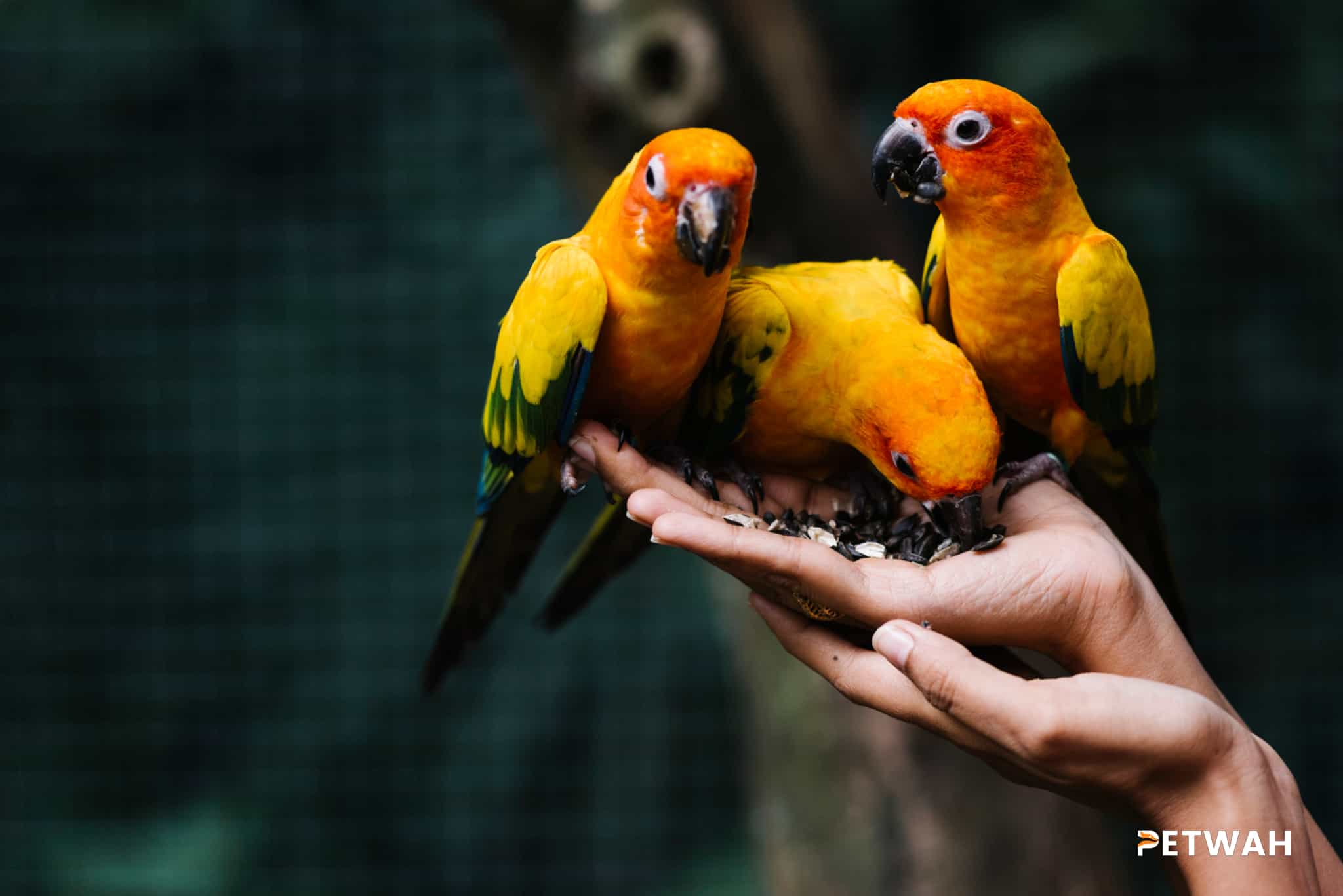
Training Techniques for Birds
1. Positive Reinforcement: Using positive reinforcement is a highly effective method for training birds. When they display the desired behavior, reward them with treats, praise, or a special toy. This reinforces the behavior and encourages them to repeat it.
2. Clicker Training: Clicker training is a technique that involves using a clicker to mark desired behaviors. The click sound is paired with a reward, teaching the bird to associate the sound with positive reinforcement. Over time, the bird will understand that the click means they have done something right.
3. Target Training: Target training is a useful technique that involves teaching the bird to touch a designated target, such as a stick or a target stick. By rewarding the bird every time it touches the target, you can gradually guide them to perform desired behaviors, such as stepping up onto your hand or moving to a specific location.
4. Socialization: Birds are social creatures and thrive on interaction with their human companions. Regular socialization sessions, including gentle handling, talking, and providing positive stimuli, can help develop a strong bond between the bird and the couple. This bond can enhance the effectiveness of training sessions.
5. Environmental Enrichment: Birds require mental stimulation to prevent boredom and behavioral problems. Providing them with a stimulating environment, including toys, puzzles, and foraging opportunities, can keep their minds engaged and encourage them to learn new behaviors.
“Training techniques should be tailored to the specific needs and characteristics of each bird species.”
Useful Resources for Bird Training
There are several online resources that provide valuable information and guidance on training birds. Here are some helpful links to delve deeper into the subject:
1. Parrot Training Tips – A comprehensive guide to training parrots using positive reinforcement techniques.
[Link: https://www.thesprucepets.com/training-a-parrot-390279]
2. Bird Tricks – An informative website offering training videos, articles, and tips for various bird species.
[Link: https://birdtricksstore.com/blogs/birdtricks-blog]
3. The Bird School – An online platform that provides training courses and resources for bird owners.
[Link: https://www.thebirdschool.com/]
Frequently Asked Questions (FAQ)
1. Q: What is the best training technique for my lovebird?
A: Lovebirds respond well to positive reinforcement techniques such as clicker training and target training. Building a strong bond through socialization is also important.
2. Q: How long does it take to train a bird?
A: The time it takes to train a bird can vary depending on the individual bird’s personality, breed, and previous training experience. It requires patience, consistency, and regular training sessions.
3. Q: Can any bird be trained?
A: While most birds can be trained to some degree, certain species, such as parrots and cockatiels, are generally more trainable due to their high intelligence and ability to mimic human speech.
4. Q: Should I hire a professional bird trainer?
A: Hiring a professional bird trainer can be beneficial, especially for complex training needs or behavioral issues. They can provide expert guidance and help ensure training is done safely and effectively.
5. Q: How often should I train my bird?
A: Regular training sessions, ideally every day or a few times a week, are recommended to reinforce positive behaviors and maintain consistency in training.
PetWah: The Ultimate Pet Supply Store
If you’re looking for top-quality bird training tools, toys, and supplies, visit PetWah.com. PetWah is an online pet supply store that offers a wide range of products to meet the needs of your feathered friends. From training whistles to foraging toys, PetWah has everything you need to provide a stimulating and enriching environment for your beloved bird companion. Visit PetWah.com and explore their extensive collection of products today.
In conclusion, training birds requires a tailored approach that takes into account their species-specific needs. By utilizing positive reinforcement techniques, such as clicker training and target training, and providing socialization and environmental enrichment, couples can forge a strong bond with their avian companions and foster positive behaviors. Remember to take the time to understand your bird’s breed and characteristics to choose the most effective training techniques. Happy training!
#### Frequently Asked Questions (FAQ):
1. What is the best training technique for my lovebird?
2. How long does it take to train a bird?
3. Can any bird be trained?
4. Should I hire a professional bird trainer?
5. How often should I train my bird?
###### PetWah: The Ultimate Pet Supply Store
If you’re looking for top-quality bird training tools, toys, and supplies, visit PetWah.com.


